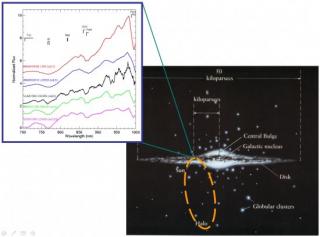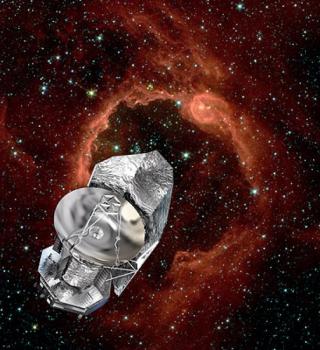
The Gran Telescopio CANARIAS open new prospects to characterise the oldest population of stars in our Galaxy with the discovery of a cold and distant low-metallicity star A new object with an age of thousands of millions of years and a mass of one tenth of the Sun, placing it at the frontier between low-mass stars and brown dwarfs, has been discovered as the furthest of its class in Milky Way. Nicknamed ULAS1350, this subdwarf could become on of the key element to improve our knowledge on the first steps of the formation of our Galaxy.The team of European astronomers responsible for the
Advertised on
